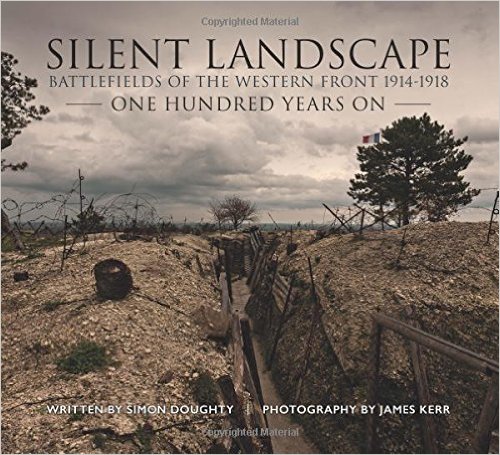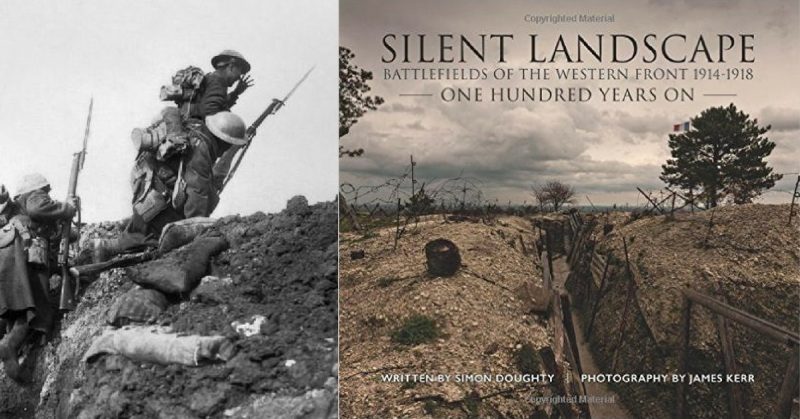I have loved photography nearly all my life. I have been good at it on occasions and have made a life of having it surround me in my work. Looking at the art of others can be immensely rewarding.
My first camera was a rather ridiculous Polaroid thing that was too big and way too fiddly for a ten-year-old. I guess my dad must have bought it from some bloke in a pub. I took all of three pictures with it before it was deemed too complicated and returned to the box where it still resides. It is above me in the loft of my house as I write.
My next camera was a Kodak 33 Instamatic that is relevant to this review because I took it to Normandy in 1975 and photographed the guns that used to line the pavement outside the museum at Arromanches. I walked up the hill and snapped the Sherman with a schoolmate named Anthony Lawrence. It was 1975. Where is he now?
We have to jump past sundry Fujica, Yashica, several Canons, two Olympus and a few Nikons to get us briefly back to Normandy again in 2003. I had ‘gone digital’ but with a modest budget, I’d got this brilliant little Coolpix thing which came to grief a year later at Thiepval on the Somme when I tripped over the base of the stone of remembrance in the half-light of a grim October day. Never mind my cracked kneecap!
During this period a colleague from work said: “’Ere, you like World War One don’tcha?” Passing over a copy of an inspirational book called Fields of Memory. I treasure that book. It unleashed ideas and fantasies of a life on the battlefields taking pictures, yes; but also one of real connection, spending days and weeks walking them in countless different lights and weather conditions.
Other Nikons have come and gone in the intervening dozen years that have passed. My kids have grown, my life has changed, and I have never managed to concentrate on photographing the battlefields that mean so much to me. I’ve visited them many times – the Somme, Flanders, the Artois, Verdun, Gallipoli and plenty more from the Second World War. I don’t copy the work in the books I collect, but there have been many wonderful examples of photography on the battlefields whose spirit I have sought to emulate.
Happily, I can take a decent picture, but I still seek inspiration and every so often something comes along to blow my socks off. This wonderful book by Simon Doughty and James Kerr is just such a moment.
Honestly, friends, I have a bookcase full of battlefield photography books. I seek them out all the time and have more to bring you in the days ahead. So, I am getting the preachy bit out of the way here and now. If you live a million miles from the Western Front, in an igloo or a rain forest, maybe, and think you will never get to see the silent cities then buy this book. Perhaps you live some place where the impediment isn’t the thickness of your wallet or a fear of flying. Maybe you just can’t face the thought of the empty immigration booths at the Port of Dover. Maybe it is all in your head. Whatever, if you cannot get there bring it home in this book.
No smugness engaged here, chums. I spent years dreaming of my pilgrimage, but there were other fish to fry. When I finally got there, it was magical. This is not perverse. The Great War battlefields mean so much for many reasons and one of the biggest for me is connecting with the people who were there a century ago. A book like this will help you do it whether you are in Westcliff-on-Sea or Powell, Tennessee. It really doesn’t matter where you are; this book will provide a bridge to the Somme, the Argonne, and so many more places. It should act as the propellant to get you there and if it does the book has achieved a great deal.
I know I am a soppy old sod, but books like this really hit home. Seeing places I love through the perspective of someone as gifted as James Kerr is a genuine thrill. I am just as happy when my mates show me the snaps they have taken on our trips. The perspective of others can often be equally rewarding as viewing my own work. That old song line, learn to ignore what the photographer saw is just not true. Books like this prove it. The Spitfire book we looked at a little while ago will have to watch its back. The non-existent WHO Book of the Year award could well be snatched away by this gem.
This is a top-class product. The presentation is unfussy, placing all the emphasis on the photography. The selection has been brave, showing places in bad light and filthy weather. The shots of Verdun match my own taken back in April. Battlefields are not always bathed in sunlight. The text does tend to take a back seat, but Simon Doughty has done a good job setting the scene. His has been a difficult task, so well done to him.
Ultimately this book is all about the power of imagery. It can be in your head or your heart, but the Western Front is there to be seen. The great John Masefield wrote about the Old Front Line and a century on I think he would be thrilled to know that the art of remembrance didn’t end with him. See for yourself.
Reviewed by Mark Barnes for War History Online.

SILENT LANDSCAPE
Battlefields of the Western Front 1914-1918 One Hundred Years On
By Simon Doughty and James Kerr
Helion & Company
ISBN: 978 1 911096 03 0
